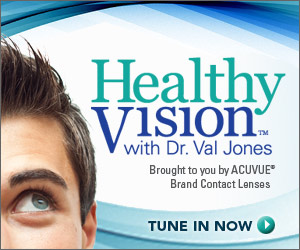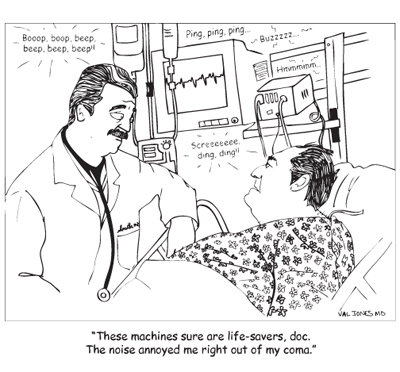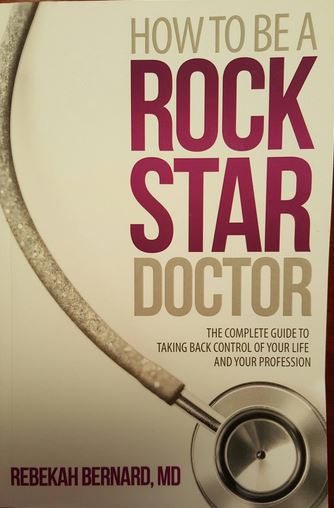August 2nd, 2011 by DrWes in Opinion
No Comments »

It’s the hardest thing in the world for a doctor to do.
After all, doctors are do-ers. That is how they have managed to achieve their degrees: hard work, discipline, perseverence. Who else would be willing to memorize all those organic chemistry equations long enough to vomit them back on paper? Who else would tolerate long nights and weekends on a constant basis? But they do it because it’s the right thing to do. They do it because someone has to. People don’t get sick nine to five. They get sick at 2 am. And so, by it’s very nature over the years, medical education becomes a sort of natural selection: only the strong survive.
Historically, doctors endure the system because they know that there are rewards for this hard work personally, professionally, socially, and financially. So throughout their training, doctors learn to perfect the art of doing. That’s what people come to expect. Oh my God, doctor, he’s choking: do something! He’s turning blue: do something! But he fainted, doctor! Do something!
One of the best parts of medical school is learning the answers to these mysteries of medicine and how to fix them. In the past, this gave doctors an aura of deity: they could be trusted to fix just about any ailment that befell man. It was awesome. With time, a sense of invincibility and omnipotence set in.
And like flies to a flame, we bought it. Lock. Stock. Barrel.
In fact, Read more »
*This blog post was originally published at Dr. Wes*
March 10th, 2011 by Harriet Hall, M.D. in Opinion, Research
No Comments »

A new article in the Journal of Women’s Health by Westhoff, Jones, and Guiahi asks “Do New Guidelines and Technology Make the Routine Pelvic Examination Obsolete?”
The pelvic exam consists of two main components: The insertion of a speculum to visualize the cervix and the bimanual exam where the practitioner inserts two fingers into the vagina and puts the other hand on the abdomen to palpate the uterus and ovaries. The rationales for a pelvic exam in asymptomatic women boil down to these:
- Screening for chlamydia and gonorrhea
- Evaluation before prescribing hormonal contraceptives
- Screening for cervical cancer
- Early detection of ovarian cancer
None of these are supported by the evidence. Eliminating bimanual exams and limiting speculum exams in asymptomatic patients would reduce costs without reducing health benefits, allowing for better use of resources for services of proven benefit. Pelvic exams are necessary only for symptomatic patients and for follow-up of known abnormalities. Read more »
*This blog post was originally published at Science-Based Medicine*
March 3rd, 2011 by StevenWilkinsMPH in Opinion, True Stories
No Comments »

We hear about stories like this all time: An elderly person falls and breaks something — a hip, a wrist, or an arm. Soon what once was a healthy, independent senior begins an inexorable downhill slide. Such is the case of my 89-year-old mother who recently fell and broke her wrist.
Turns out that 30 percent of people age 65 and older fall each year. Predictably, seniors with the following risk factors are more prone to falls:
- Using sedatives
- Cognitive impairment
- Problems walking
- Urinary tract infection
- Eye problems
- Balance issues
Similarly, when a person does fall, a cascading series of predictable clinical events occurs. It even has a name: “Post-fall syndrome.” This syndrome is characterized by things like fear of falling again, increased immobility, loss of muscle and control, lack of sleep, nutritional deficits, and so on. Seniors susceptible to falls also have higher rates of hospitalization and institutionalization.

What strikes me about falls among the elderly is that they are seemingly predictable events. And once a fall does occur, the consequences seem pretty predictable as well — enter post-fall syndrome. So if falls and their consequences are so predictable, why aren’t primary care physicians more proactive in terms of:
- Preventing falls?
- Treating post-fall syndrome?
In the case of my mother, her primary care physician and orthopedist were both very diligent at treating her episodic needs (i.e. her pain and broken bones). But little attention, if any, was given to assessing her long-term needs, such as nutrition, inability to do anything with her left hand (she’s left-handed), sensitivity to new medications (she never took drugs because they make her loopy), gait analysis, and depression counseling. Read more »
*This blog post was originally published at Mind The Gap*
December 10th, 2010 by DrRob in Better Health Network, Health Policy, Opinion, True Stories
No Comments »

I case you didn’t hear the news, the American healthcare system is in financial crisis. One of the biggest culprits indicted in this crises is “unnecessary care,” with estimates ranging from $500 to $650 billion (total spending estimate is $2.6 trillion) going toward things labeled “unnecessary.” Personally I think this is an underestimate, as it doesn’t take into account the some big-ticket items:
- Brand name drugs given when generics would do.
- Antibiotics given for viral infections (and the additional cost due to reactions and resistance).
- Unproven costly care considered “standard of care” (PSA testing, robotic surgery, coronary stents).
- The unnecessarily high price of drugs.
One of the main reasons I am an advocate of EMR is to measure and analyze care, eliminating that which is wasteful, futile, or even harmful. The biggest burden on our system is not the fact that we have a hyper-complex payment system that hides the true cost of care. The biggest burden is the wasteful care that this system agrees to pay for. In fact, I suspect that the main reason our system has become hyper-complex and covert in its spending is to hide this waste from prying eyes.
It sounds easy: Just eliminate costly unnecessary care and save the system. While you are at it, why not bring world peace, eliminate poverty, and make a detergent that cleans, softens, and deodorizes all at once? Read more »
*This blog post was originally published at Musings of a Distractible Mind*
October 12th, 2010 by Jennifer Shine Dyer, M.D. in Better Health Network, Health Policy, Opinion, True Stories
No Comments »
A common question that I get as a practicing physician with a public health background is: “Why is healthcare reform so complicated?” I feel that the question of who’s responsible for healthcare payment is not always an easy one to answer. An example from my most recent weekend on call covering an academic pediatric endocrinology practice demonstrates this point:
“Bill” is a 16-year-old African American male on state Medicaid insurance with type 1 diabetes since the age of 10. He is followed regularly every three months by another colleague in the endocrinology clinic. Review of his last several clinic notes on the electronic medical record reveal that he has been in moderate control of his diabetes on NPH/Novolog twice-daily insulin regimen. Approximately one year prior he was changed to this insulin regimen due to concerns with missed insulin shots on another insulin regimen that provided superior control but which required four shots of insulin daily rather than the two shots daily on his current regimen. Read more »















